oldsaw
"Been There, Milled That"
Andrew, look at it this way. There is no "perfect" cutter, only approximations to it. It's always a trade off between speed and durability. You are trying to strike a balance on geometry, while maintaining some semblance of order on cutter length and rakers. Kind of like "organized chaos." You do the best you can, and a real high end grinder can get you consistency on tooth size and raker height, but can't do anything with the natural compromises of cutting angles, except make the compromise consistent.


























































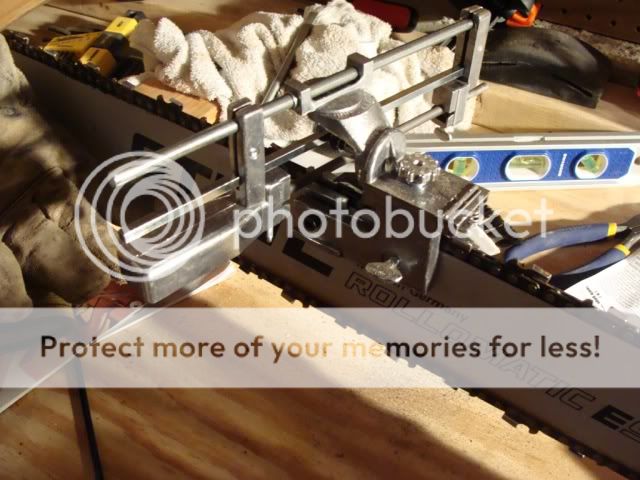
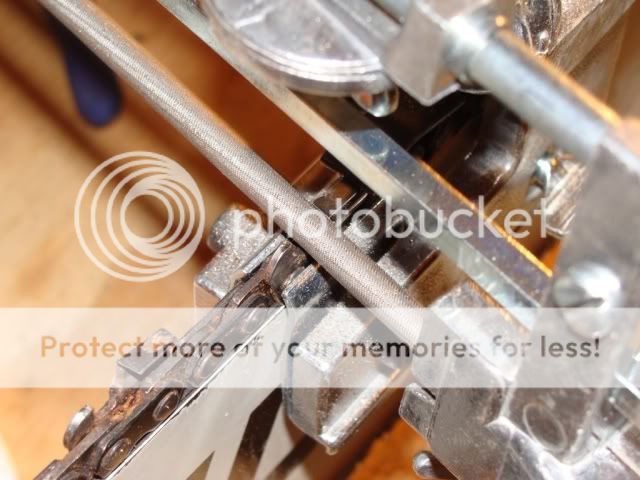


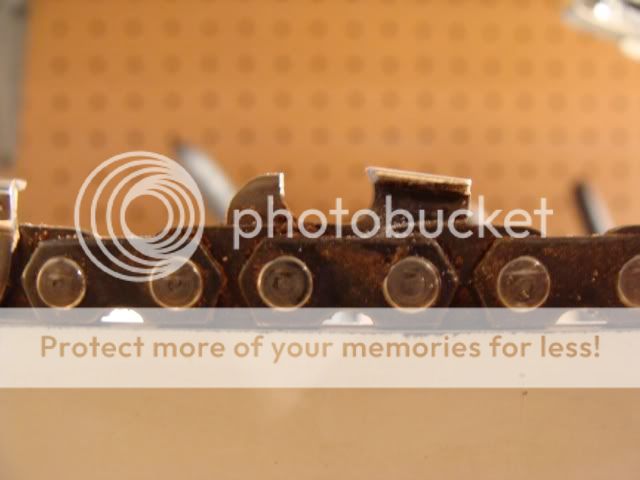
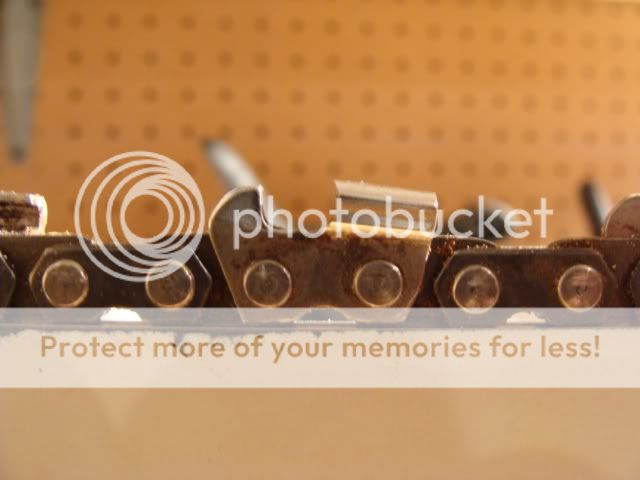
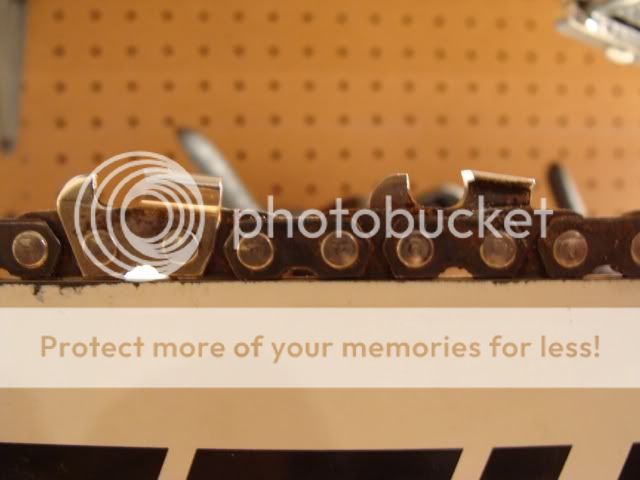

 I will have to abandon the family and and read up on my chain sharpening. I just spent the last 2 days in the shop correcting all my field sharpened chains. Correcting a 50" bar chain with calipers by hand takes quite awhile. I am fairly happy with the way my chains cut but always looking for a better and faster cut.
I will have to abandon the family and and read up on my chain sharpening. I just spent the last 2 days in the shop correcting all my field sharpened chains. Correcting a 50" bar chain with calipers by hand takes quite awhile. I am fairly happy with the way my chains cut but always looking for a better and faster cut.